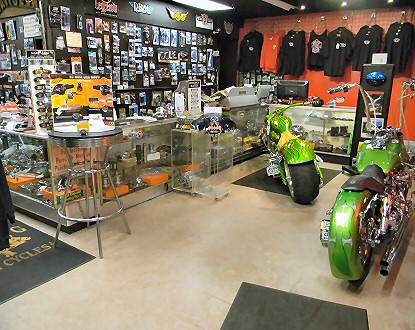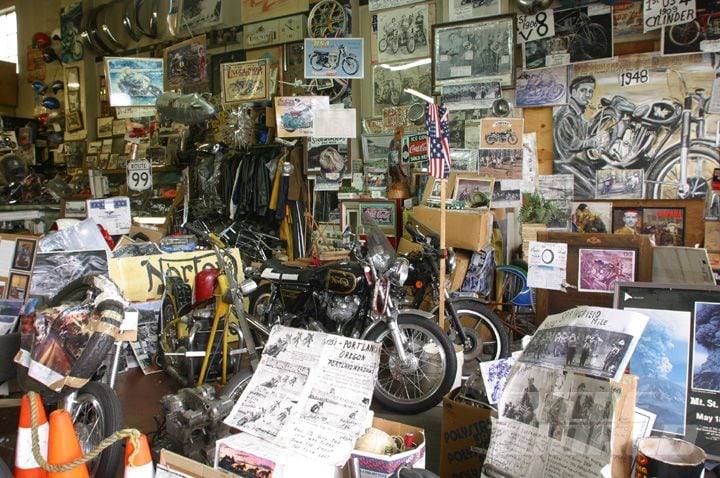Unleash Efficiency with Premium Motox Parts NZ Available Below
Unleash Efficiency with Premium Motox Parts NZ Available Below
Blog Article
Comprehending the Essential Components of a Motorcycle: A Comprehensive Guide for Lovers
For motorbike lovers wanting to boost their riding experience and ensure their bikes run efficiently, comprehending the crucial components of a motorbike is extremely important. Each element, from the engine's complex operations to the critical role of the braking devices, not only affects efficiency however also safety and convenience. This guide will go through the essential components that every rider need to recognize with, enabling informed choices in both maintenance and prospective upgrades. As we start this expedition, one must ask: how does each part connect to create the seamless trip every enthusiast looks for?
Engine Elements

The camshaft plays a critical role in regulating the timing of the engine's valves, making certain the accurate opening and closing essential for efficient fuel and air consumption, in addition to exhaust expulsion. This timing is crucial to preserving optimal engine efficiency and efficiency. Furthermore, the carburetor or fuel shot system, relying on the motorbike version, is accountable for blending air with gas in the correct ratio for burning.
The air conditioning system, either air or liquid-based, works to preserve the engine's temperature level within functional restrictions, avoiding getting too hot and making certain longevity - motocross gear nz. Each component, carefully created and incorporated, adds to the seamless operation of the engine, defining the motorbike's power outcome and total efficiency
Transmission System
Integral to the motorcycle's performance, the transmission system makes sure reliable power transfer from the engine to the wheels. This system comprises several vital parts, consisting of the clutch, transmission, and last drive, each playing a crucial duty in converting the engine's power right into motion. The clutch, commonly run by a hand lever, offers to disengage the engine and involve from the transmission, permitting smooth equipment adjustments and regulated acceleration.
The gearbox, typically described as the transmission appropriate, includes a set of equipments that motorcyclists can manually shift with to change the bike's speed and torque output. These gears are prepared in a series that allows the motorbike to accelerate smoothly and keep ideal engine performance throughout numerous speeds. Most bikes make use of a consecutive gearbox, calling for the cyclist to move gears in a predetermined order.
Braking Devices
While comprehending the transmission system is essential to harnessing a bike's power, similarly important is the capacity to manage and stop that power effectively, which is where stopping mechanisms come right into play. Brakes are vital for security and efficiency, supplying the biker with the essential control to browse various surfaces and conditions. Generally, bikes feature two kinds of braking systems: disc brakes and drum brakes.
Disc brakes are extra common in modern-day motorcycles due to their remarkable efficiency. This system offers much better warmth dissipation, consistent performance, and improved quiting power, especially in wet problems.
Alternatively, drum brakes, though less typical, are still discovered in some motorbikes. They work by pushing brake shoes against the internal surface area of a drum affixed to the wheel. While usually much less efficient in warm dissipation and quiting power, drum brakes are less complex and much more economical.
Understanding these braking systems' nuances enables motorcyclists to preserve their motorbikes effectively and value the design that guarantees reliable and secure stopping.
Suspension and Steering
Suspension and steering systems are vital components that substantially affect a motorbike's handling and experience convenience. The shock absorber, containing forks at the front and shock absorbers at the rear, takes in road abnormalities, improving security and control. Front forks, generally telescopic or upside down, compress and rebound to reduce influences, while back shock absorbers preserve tire contact with the road, vital for grip and security.
Steering, centered around the handlebars, attaches the cyclist to the bike's directional control. The steering head bearings guarantee smooth operation, permitting specific ability to move. Proper alignment and upkeep of these bearings are vital for foreseeable steering feedback and minimizing motorcyclist fatigue.
The suspension's adjustability is another essential element; navigate to this site preload, damping, and rebound settings allow modification to fit different riding problems and styles. This versatility is important for optimizing performance, whether browsing city roads or taking used adventure bikes for sale on rugged tracks. Advancements like digital suspension systems offer real-time changes, improving ride quality across varied terrains.

Electrical Equipments
After guaranteeing a smooth and regulated ride via reliable suspension and guiding systems, focus turns to the electrical systems, a crucial element of modern motorcycles. These systems play a critical duty not just in starting the engine however additionally in powering various elements that boost the performance and safety and security of the motorcycle.
At the heart of a motorbike's electrical system is the battery, which stores electric power necessary for starting the engine and powering complementary systems - motorcycle parts nz. The alternator or generator, coupled with the rectifier-regulator, guarantees the battery stays billed while the bike functions, transforming power right into electrical energy and preserving voltage degrees
The ignition system, an additional crucial element, is liable for sparking the air-fuel combination in the engine's cylinders. Modern motorbikes often utilize a digital ignition system, offering higher performance and reliability compared to standard systems.
Lights systems, including fronts lights, tail lights, and indicators, are additionally vital, making certain exposure and safety and security for the biker. Extra electronic elements such as sensors, control units, and displays add to innovative attributes like gas injection monitoring, anti-lock braking systems (ABDOMINAL MUSCLE), and electronic dashboards, additionally improving the riding experience.
Final Thought
An extensive comprehension of a bike's necessary elements, consisting of the engine, transmission system, braking mechanisms, suspension, guiding, and electrical systems, is crucial for lovers aiming to maximize performance, safety and security, and comfort. Mastery of these aspects allows for educated decisions relating to upkeep and upgrades, eventually enhancing the riding experience. By incorporating this knowledge, riders can guarantee their bikes operate at peak efficiency and integrity, consequently maximizing both enjoyment and longevity of their vehicles.
For bike enthusiasts looking to elevate their riding experience and guarantee their bikes motorcycle safety clothing run efficiently, comprehending the essential parts of a motorcycle is vital.Integral to the motorbike's capability, the transmission system guarantees reliable power transfer from the engine to the wheels.While comprehending the transmission system is vital to taking advantage of a motorcycle's power, just as important is the capacity to control and quit that power properly, which is where braking mechanisms come into play. Commonly, motorcycles feature 2 types of braking systems: disc brakes and drum brakes.
A detailed comprehension of a motorcycle's important elements, including the engine, transmission system, braking mechanisms, suspension, steering, and electrical systems, is important for fanatics intending to optimize performance, security, and convenience.
Report this page